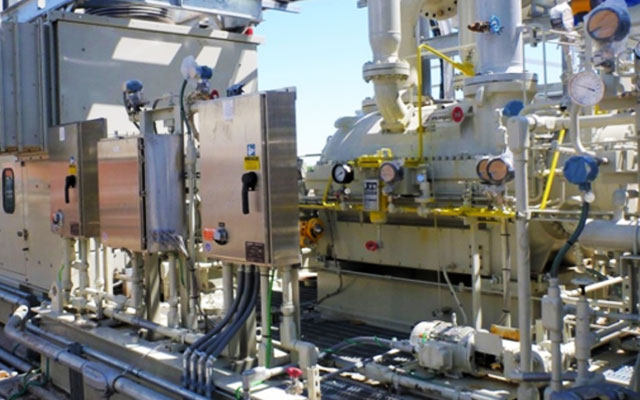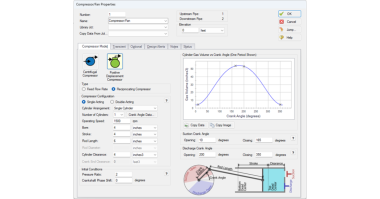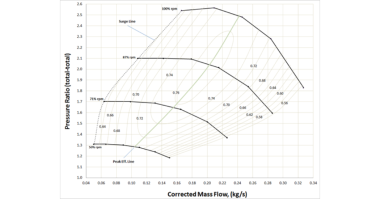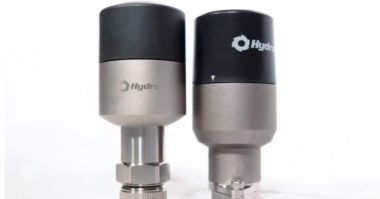Author: Robert X. Perez, Machinery Engineer
When pumping liquids, we typically use flow terms, such as gallons per minute, gallons per hour, barrels per day, etc. Because liquids are considered incompressible, pressure corrections are rarely required for liquid flow terms. We normally consider that the volumetric flow entering a pump remains essentially constant as it moves through a pump.
However, when dealing with gases, due to their compressible nature, a different set of terms are required to define flow. The purpose of this short article is to introduce readers new to compression technology, to the commonly used flow terms related to compressed gases. These terms are:
- Standard cubic feet per minute, SCFM,
- Inlet cubic feet per minute, ICFM,
- Cubic feet per minute, CFM, and
- Actual cubic feet per minute, ACFM, which is used to define the flow of gases and vapors under pressure.
Here I will attempt to demystify this alphabet soup by explaining what these terms mean and how they are commonly used by practicing compressor professionals.
Ideal Gas Law
Before we can discuss flow definitions in more detail, let’s cover some basic theory.
An ideal gas is defined as one in which all collisions between atoms or molecules are perfectly elastic and in which there are no intermolecular attractive forces. One can visualize it as a collection of perfectly hard spheres that collide, but otherwise do not interact with each other. In such an ideal gas, all the internal energy is in the form of kinetic energy and any change in internal energy is accompanied by a change in temperature.
An ideal gas can be characterized by three state variables: absolute pressure (P), volume (V), and absolute temperature (T). The relationship between them may be deduced from kinetic theory and is called the ideal gas law: PV=nRT
- n = number of moles
- R = universal gas constant = 8.3145 J/mol K
If the moles or weight in a given gas flow stream remains constant, we can write:

In Equation 1, V is defined as the volumetric flow at any two points in the flow stream.
Starting with equation 1, we can determine gas volumes at difference conditions, such as standard conditions and actual process conditions. Flow at standard conditions (SFCM) is defined as flow in cubic feet per minutes of gas or air flow at standard conditions, which are typically set at 14.696 Pounds per Square Inch (psia), 60 Degrees Fahrenheit (oF) (520oR), and 0% Relative Humidity (RH). Actual cubic feet per minute (ACFM) stands for the cubic feet per minute of gas or air flow at the actual conditions inside the piping. A special distinction is given to flow at the conditions at the compressor inlet flange or nozzle. This flow is called inlet cubic feet per minute (ICFM) often used by compressor designers to determine actual gas or air velocities entering a compressor.
About the Author:
 Robert X. Perez has over 30 years of rotating equipment experience in the petrochemical industry. He earned a BSME degree from Texas A&M University (College Station), a MSME degree from the University of Texas at Austin, and is a licensed professional engineer in the state of Texas. Mr. Perez served as an adjunct professor at Texas A&M University-Corpus Christi, where he developed and taught the Engineering Technology Rotating Equipment course.
Robert X. Perez has over 30 years of rotating equipment experience in the petrochemical industry. He earned a BSME degree from Texas A&M University (College Station), a MSME degree from the University of Texas at Austin, and is a licensed professional engineer in the state of Texas. Mr. Perez served as an adjunct professor at Texas A&M University-Corpus Christi, where he developed and taught the Engineering Technology Rotating Equipment course.
He authored four books and coauthored four books in the field of machinery reliability. Mr. Perez has also written numerous machinery reliability articles for numerous technical conferences and magazines.





Comments